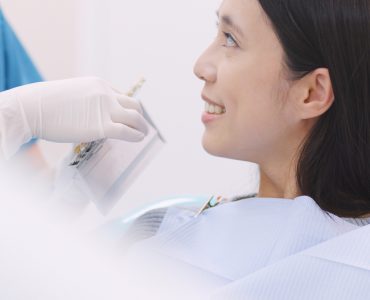Contraceptive implants and injections are comparatively newer methods of contraception. They have been found to be highly effective and have a 99% success rate. The injections are a form of synthetic progestin which is injected and has an efficacy period of about 12 weeks after which another is required. These injections contain a combination of depot medroxyprogestrone acetate(DMPA), being the long acting formulation. The effective contraceptive dose is 150mg given once every 3 months. It is given deep into the gluteal or deltoid muscle after which the progestin is slowly released into circulation. One should remember that the area should not be massaged so that the drug is released slowly. DMPA is a very effective drug and the pregnancy rate at 1 yr is about 0,1% and the cumulative pregnancy rate is 0.4% at 2 yrs. The first injection should be given within the first 5 days of a menstrual cycle to prevent ovulation. If the gap between injections is greater than 13weeks the physician should always make sure that the patients is not pregnant before administering the second injection. Because of the lag time in clearing DMPA from the circulation, resumption of ovulation is delayed for a variable period of up to 1 yr. after this initial delay fertility resumes at a rate similar to that after discontinuing barrier contraceptives. Women who consider this form of contraception should always be informed before hand that it has a long duration of action.
The major adverse effects include the complete disruption of the menstrual cycle in the first three months of the first injection. 30% report amenorrhea, while another 30% report spotting or bleeding for up to 11 days. At two years almost 70% of the women being treated with DPMA, report amenorrhea. Weight gain is another side effect with reports of 1.5kg to 4kg gain in the first year of treatment. The most common problem related to the injections however are headaches. DPMA unlike OC have not been implicated in increasing incidence of hypertension or embolic events. While there is slight reduction in glucose tolerance amongst users it is not clinically significant.
The subdermal implants on the other hand are polysiloxane capsules containing levonorgestrel which are inserted subcutaneously through a small insertion in the upper arm. This outpatient procedure requires a local anaesthetic only. A 10 gauge trocar is use to insert six capsules in a fan shaped pattern, to obtain sufficiently high circulating levels of levonogestrel for effective contraception. The incision is eventually closed without sutures. The drug provided for in the implant inhibits ovulation and thickens the cervical mucus making it impervious to sperm penetration. The capsule remains in place and are effective for 5yrs with a cumulative pregnancy rate of 1% in 5 years.
The major adverse effects are irregular bleeding and amenorrhea. Headaches and weight gain are also reported . since the capsules are not biodegradable they need to be removed and replaced. Removal is similar to insertion but a little more tricky as fibrosis develops around he capsule.
Contraceptive implants and injections

Let us know if you liked the post. That’s the only way we can improve.









